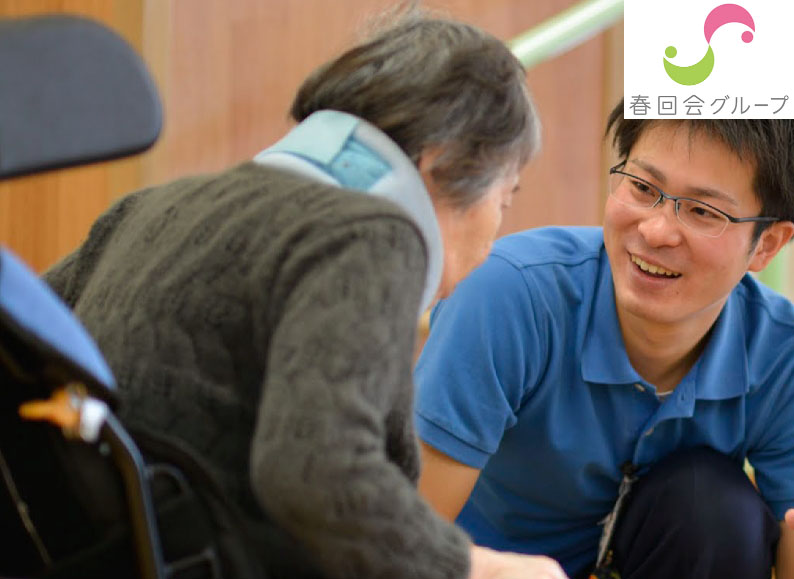
For more than a decade, Japan has carried out numerous overseas projects to advance Japanese medical care overseas, fostered medical talent, and dispatched large-scale public-private support groups. Compared to Japan’s large investment in manpower, money, and time, most of its overseas projects have ended in nothing, and it is true that they have faced medical barriers from overseas countries. In some cases, overseas projects have succeeded and produced meaningful results, and Olympus and Kitahara International Hospital are representative. Olympus opened an endoscopic medical center at the National Cipto Hospital in Indonesia (September 2014) in collaboration with the Japanese Society for Gastroenterology, and achieved results as a talent development package strategy to guide Indonesian doctors. Kitahara International Hospital opened a life aid center (50 beds, neurosurgery, orthopedics, etc.) in Phnom Penh, Cambodia, which was funded by JGC HOLDINGS and INCJ (Innovation Network Corporation of Japan) and founded with a loan by JICA (Japan International Cooperation Agency).
With Japan making numerous efforts, starting with the outbreak of COVID-19, Japanese medical institutions and medical devices will also focus on stable growth while doing domestic business due to a decrease in motivation for overseas expansion, a lack of budget, and a lack of resources.

For example, the LA Times Asia Journal was able to confirm by talking directly with about 20 Japanese medical institutions that had previously conducted overseas projects, most of which focused on domestic patient care and were not interested in overseas expansion or medical-linked projects. Among them, it was confirmed that three Japanese medical institutions were interested in medical-linked projects with overseas companies.

The first is Kitahara International Hospital, which has been commissioned by Vietnam to build a Japanese-style hospital for 2024, in addition to the Life and Emergency Center in Phnom Penh, Cambodia. When LA Times Asia Journal introduced them to Infoming, a Korean company, the hospital’s planning director was worried about the lack of accuracy of bio-signals, even though he tried demonstration of smart watch products from various countries. In the end, it can be seen that they are also considering the connection of overseas companies for patient bio-signal management in overseas hospital construction and operation management, and that it is a proof that not only provides medical but also puts less resources into preventive management. (For your information, Infomining is a company that developed a solution that analyzes the biological signals of ECG, blood pressure, blood sugar, oxygen saturation, pulse, and body temperature in AI servers and informs the results of medical device-level accuracy on smartphone and doctor’s PC screens.)
The second is Inoue Hospital, which is affiliated with social medical corporation Shunkaikai (Nagasaki-Ken, Nagasaki-City, seven hospitals), and when LA Times Asia Journal introduced them to Infoming, the hospital director said they had the function they wanted. However, since they are conducting a personal health record (PHR) monitoring project that has completed the introduction, it has been concluded that it is impossible to review the introduction due to budget problems at this point. In the end, it is interested in medical-linked businesses with overseas companies, but it can be seen that it is focusing on stable growth of domestic businesses due to decreased motivation due to failure to advance overseas, lack of resources due to COVID-19 outbreak, and lack of budget.
The third is Kaikoukai (Aichi-Ken, Nagoya-City, 43 hospitals), a Los Angeles Times Asia Journal introduced them to Infomining, a Korean company, and the managing director of the corporate headquarters recommended it to the CEO and sales manager of Inocheer (Medical materials, Medical device sales company), a subsidiary of the group. They expressed their wish that they would not spend a lot of time developing software to meet customer requirements every time they sell it, but that they could import it and sell it easily with simple settings. It can be seen that this focuses on the stable growth of domestic businesses through medical-linked projects with overseas companies after a long difficult period. In addition, even though it is a medical device vendor, it is not a treatment-oriented business, but rather a preventive management-oriented business with less resource input for patients’ healthcare.
MIKE CHOI
ASIA JOURNAL

